Disease “again” Top Challenge for 2018 Goal

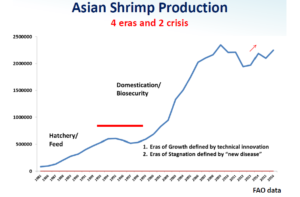
1990’s Viruses become the issue
Solution : Domestication + Biosecurity
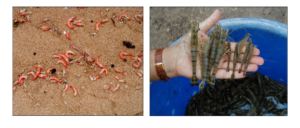
Not all viruses kill shrimp, but all killed profits
1999: The year where domestication became a dominant theme in Shrimp
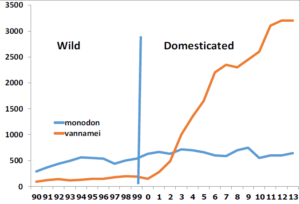
And Farm Effective Biosecurity

SPF vannamei Dominate Asia/ Pond reared APE dominate America
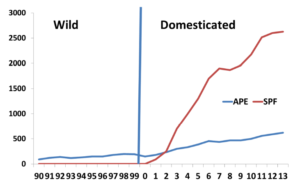
Nucleus Breeding is the definition of SPF
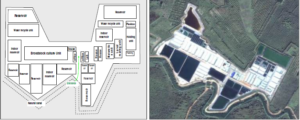
KaoKaew Necleius Breeding Center Thailand
We Forget!!!
Limitation of PCR screening : no substitute for Nucleus Breeding Breeding
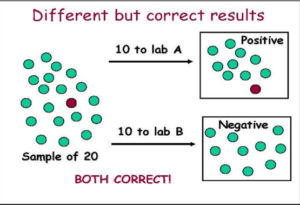
And you can only screen WHAT YOU KNOW?
SPF Does Work
Response to introduction of Healthy SPF Domesticated Stocks
Reduction of WSSV in Thai Farms
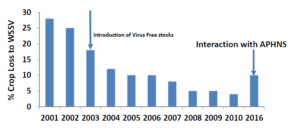
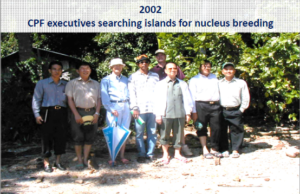
Do Island Geographies ensure pathogen free status?

Belize received IHHNV positive shrimp from Hawaii: 1997
Brazil received TSV positive shrimp from Hawaii: 1995
Thailand received WSSV positive shrimp from Hawaii 2006
REPEAT AGAIN!!!
Nucleus Breeding defines SPF
Only with a documented History can we be certain
Shrimp after a strict Primary Quarantine are entered into the Nucleus
The Nucleus is Closed to all other entries of shrimp, fresh feeds,
water, un-necessary humans
Dying shrimp: Fujian China, May 12, 2009
Our World of Shrimp Changed
• Dying shrimp at 15 days post stock
• Noted shrimp appeared healthy or
dead; no obvious sick shrimp
• Quick investigation showed dying
shrimp in sub units of the region;
but not the entire region
• Disease became known as the 30
day drop dead disease
And we are NOT Sustainable
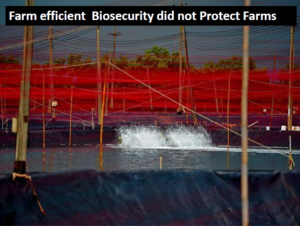
We made our success with SPF—but with “new disease- SPF concept is questioned?
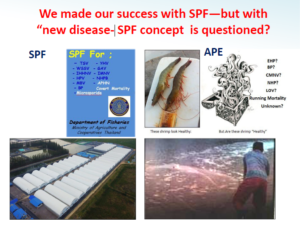
The Killer spreads:
The Question: Was it broodstock?

Too much Denial; too much Blame when Discovery is important
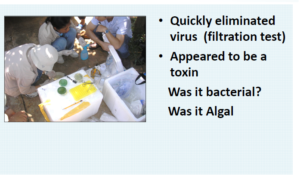
Discovered EMS was mostly associated with Sediments/and is biological-
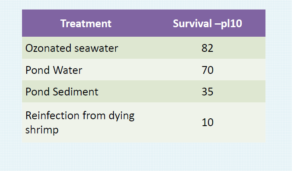
Hatcheries began reporting strangulated or constricted HP tubules Also seen in pond animals
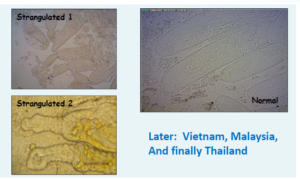
And Discovery! A vibrio bacteria with toxin carrying plasmid
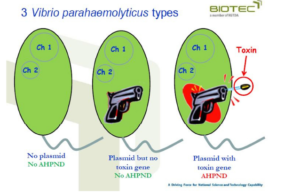
Science based solution
Must Reduce Bacterial Foods in the Pond
Remove shrimp sludge, old feed, and molts From Pond quickly

AndDevelopment of Shrimp tolerance to EMS
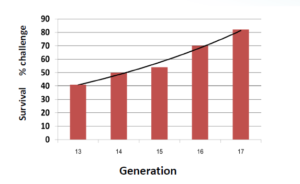
But Then
Early Mortality is replaced by slow growth and chronic mortality?

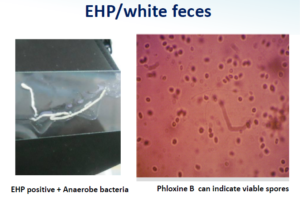
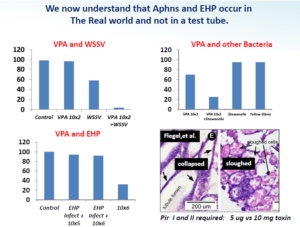
Without Healthy Post Larvae: Genetics don’t mean very much

Have Hatcheries maintained a High Standard and Discipline?
• High Health (SPF origin)
• PCR tested (if uncertain)
• >Pl-10 (8.0 mm)- 250/gram
• Low Vibrio count (<103 green
/gram pl tissue)
• Developed Gills
• Free of Fouling Organisms
• Active
• High Size Uniformity
• Salinity stress test: >90% on
30 ppt to 0 ppt to 30 ppt
• HP Health- full of lipid/no
deformity/no necrosis
Only one policy: zero tolerance for poor quality
We have had a Loss of Discipline

Increased Use of Antibiotics
Healthy post larvae do not require Antibiotics!!!
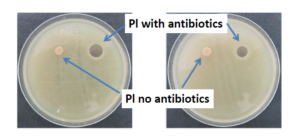
Excessive Antibiotic use is resulting in Resistance and increased mutation of already Bad Bacteria.
What is going on: Why Now?
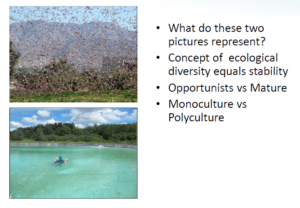
Are APHNS and EHP new?
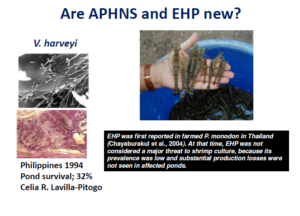
Disease: Result of Interactions
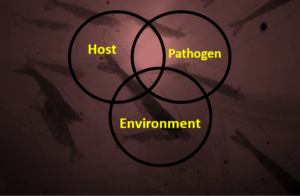
We cannot forget about our Environment
Aquaculture is first about clean Water

Water Discharge Carrying Capacity
Shrimp have an Innate Immune System

Stress Factors: Lower Immunity

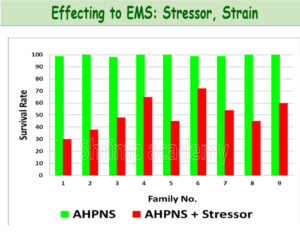
APHNS and EHP in the Americas
Why is theirs a different disease experience?
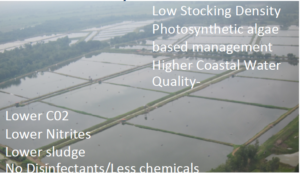
The Future: More Tolerance WSSV Challenge

What is the way Forward
Minimize the Loss of Immunity:
1. Optimize pond bottom management
2. Oxygen Levels
3. Stabilize pH
4. Take care of our environment
Increase the Immunity:
1. Better Diets that optimize the Immune System
2. Genetic Selection for the Immune System
The World Shrimp Supply records new Highs
Next Issue: Shrimp Price?
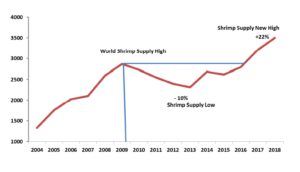
Shrimp Prices will replace disease as the most talked about topic
Efficiency will become Critical
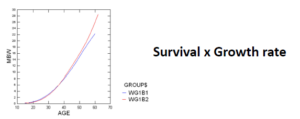
20 grams in 38 days, 15 day pl at 200/m2
Yes to Fast Growth, Higher Survival, More tolerance, and Better Farm management
CP Farm Results – Thailand
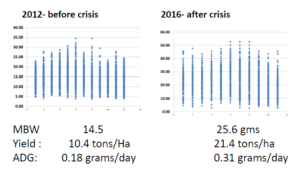
CP Growth Enhancements: “Robustness additions”


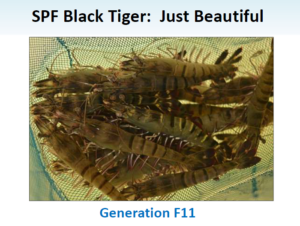
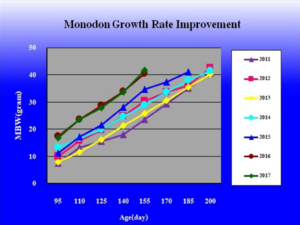
• 160 grams/ 160 days postnurse
• 42 grams/ 95 days direct
You can be efficient in the age with SPF/SPR/and management
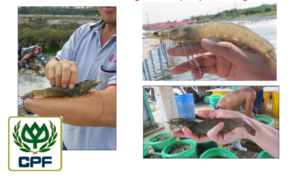
Are these species telling us something about our environment?

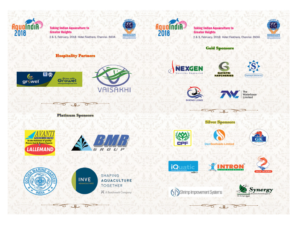
Source: Society of Aquaculture Professionals (SAP)
